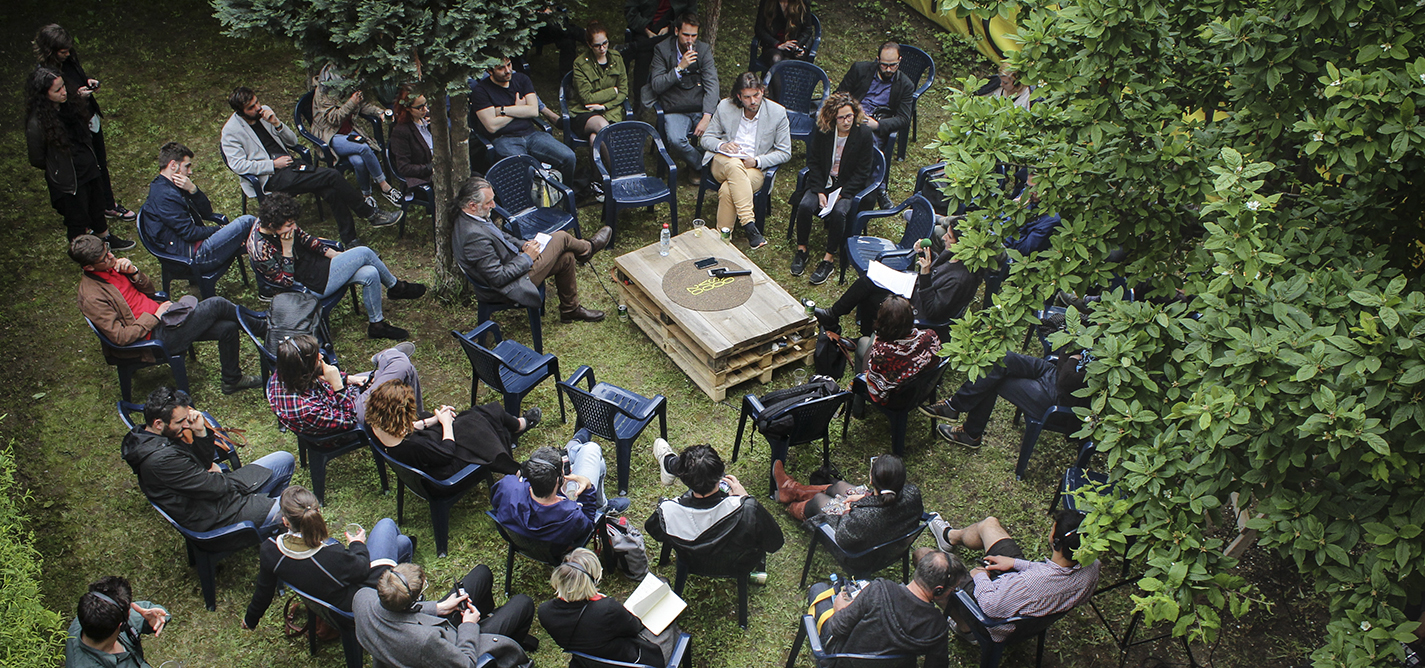
Architectural heritage focus of latest Small Talk
‘Destroy the old; build the new?’
|2017.05.13
|

Ngadhnjim Avdyli
Ngadhnjim Avdyli is a former K2.0 staff journalist, covering mainly politics, governance and social justice issues. He has a degree in journalism from the University of Prishtina.
This story was originally written in Albanian.